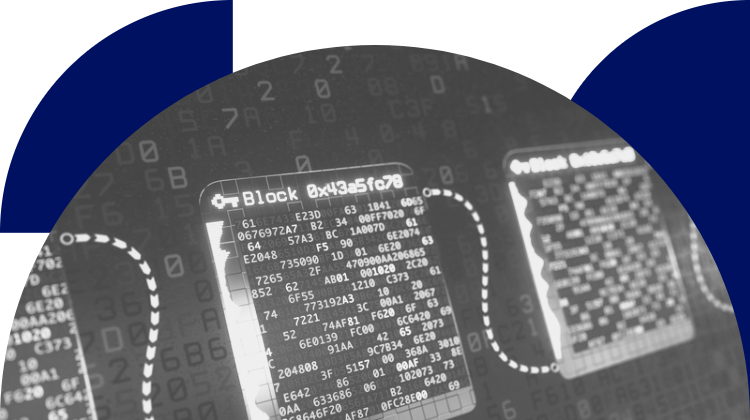Blockchain and Crypto
Payment companies are ready to play with stablecoins
- Visa has partnered up with Solana to to introduce USDC settlements over the blockchain network.
- This announcement comes after Mastercard and PayPal have launched their own stablecoin initiatives, signaling interest in the digital currency by payments players.








